
BMW 6-Series M6 Convertible (2012-2018) engines, drive and performance
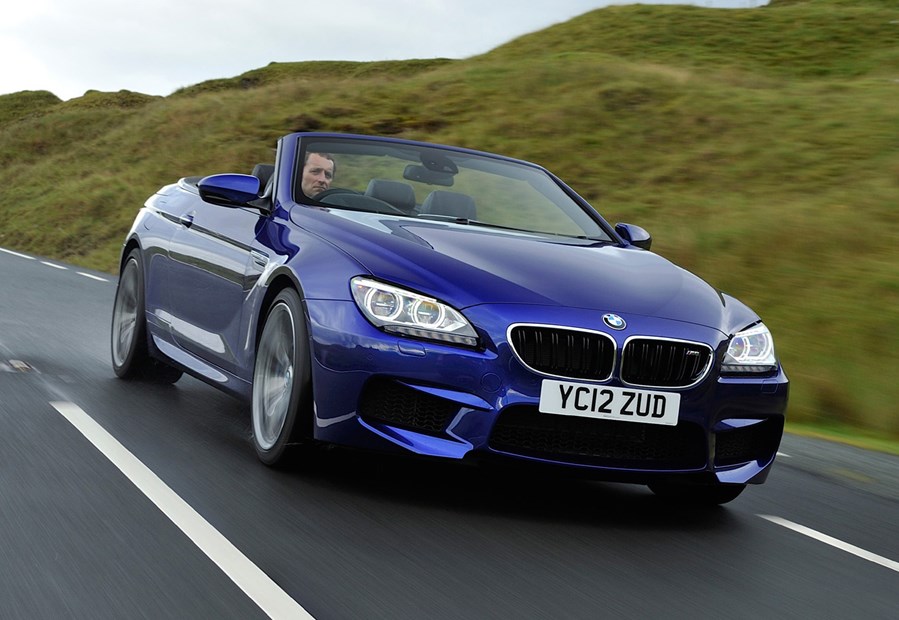
It’s fair to say that any car with 552bhp at its disposal is going to be quick, and this M6 doesn’t break that rule. BMW M6 Convertible performance is pretty breathtaking. The new V8 twin-turbo 4.4-litre 32-valve engine allows the M6 to reach a limited top speed of 155mph, and it will get you from a standstill to 62mph in an uncompromising 4.2 seconds – which is a whole 0.1s slower than the lighter Coupe.
If you are able tell the difference, you either have the sensory talents of an F1 driver or you are just plain lying. Yes, it’s quick, and yes, it’s brutal but it is smooth and linear because the V8’s torque curve of 680Nm is absolutely flat from 1,500rpm to 5,750rpm. That means although you get an almighty shove in the back early on, there’s simply no let up until you get to the rev limiter.
By that time you will have probably attracted the attention of the law. In that respect the power and pace, although unrelenting, is manageable. There are three driver settings for throttle response: Efficiency, Sport and Sport Plus. If outright pace is required then the Sport Plus mode is for you, while Efficiency means a more laboured response for better fuel economy.
Sport is a sort of a middle ground, which tends to be a default setting for normal day-to-day driving. There’s a button that adjusts the gearchange response and the amount of time it holds on to lower gears for better acceleration. There’s also a button that allows you to turn off the traction control and another that adjusts the suspension, which will be dealt with in the Handling section below.
The M6 Convertible is an impressive vehicle. With near-on 50:50 weight distribution this car changes direction perfectly, offering huge amounts of grip and virtually no body roll. Even when cornering at high speeds it never loses composure but it does offer enough in the chassis to allow you to have some fun on safe open roads, where the tail will kick out if you push it hard.
It’s not out-of-control lairy but, unlike some other German rivals that feel a little sterile, it will reward keener drivers that want that little bit of excitement from the driving experience. It is, however, not quite as agile or as engaging as the M5 or the M3. This is a long car, and with a kerbweight of almost two tonnes, you certainly don’t get that feeling of positivity you get from the smaller BMW M models.
In terms of rivals we thinks that the Porsche 911 Cabriolet offers more in terms of driving enjoyment, and the Jaguar XKR-S droptop, although not quite as composed in the corners, offers a little more drama and genuine fun. That said the M6 is still a great car to drive and if you want real engagement you can deactivate the traction control by pressing a button on the central console and that makes the car positively unruly, particularly when it’s wet.
There’s also a damper adjustment button right next to the traction control button that you can use to firms things up if you are driving quickly on twisty roads. There’s a Comfort setting for more leisurely driving too. It can feel like button overload but if you want to make things simpler you can personalise the driving set-up through the iDrive system and then assign preferred configurations to the M1 and M2 buttons on the steering wheel.
This really allows for tailor-made set-ups where the driver can instantly press a button and change the handling characteristic without having to flick through the numerous combinations. Most drivers will have a setting for town and motorway driving and a more sporty set-up for B-roads. In whatever setting the M6 is an impressive beast but if there is one criticism it’s with the steering.
Even in the Comfort setting it still feels a little heavy. There’s little else to complain about with the rest: the brakes are hugely powerful and the gearshifts, in either full automatic or semi-automatic modes, are smooth.


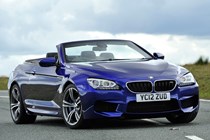

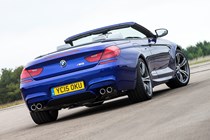

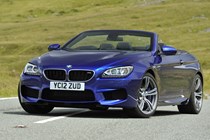
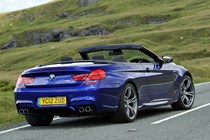
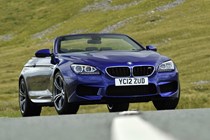

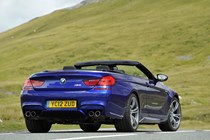


.jpg)
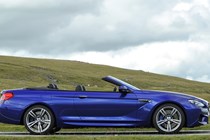
.jpg)
.jpg)
.jpg)
.jpg)

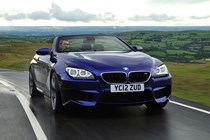
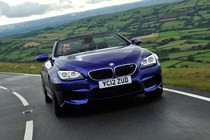
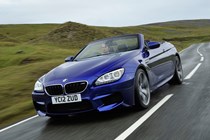
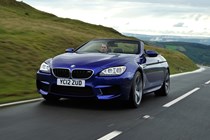
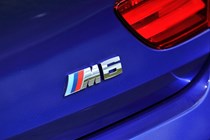
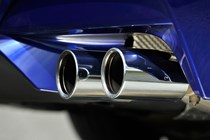
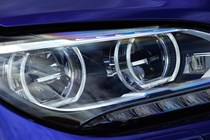
.jpg)
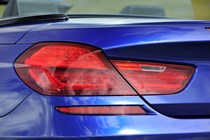
.jpg)
.jpg)
.jpg)
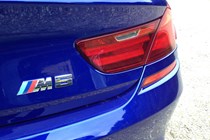
.jpg)
.jpg)
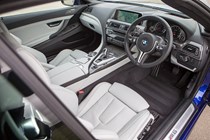


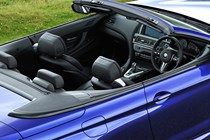
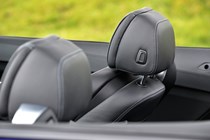
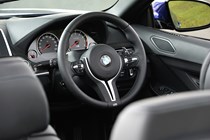
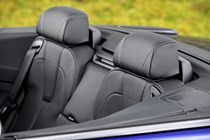


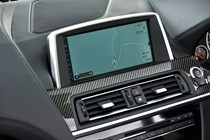
.jpg)
.jpg)
.jpg)
.jpg)
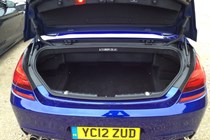
.jpg)
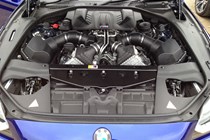











.jpg?quality=50)

.jpg?quality=50)
.jpg?quality=50)
.jpg?quality=50)
.jpg?quality=50)








.jpg?quality=50)

.jpg?quality=50)
.jpg?quality=50)
.jpg?quality=50)

.jpg?quality=50)
.jpg?quality=50)










.jpg?quality=50)
.jpg?quality=50)
.jpg?quality=50)
.jpg?quality=50)

.jpg?quality=50)
